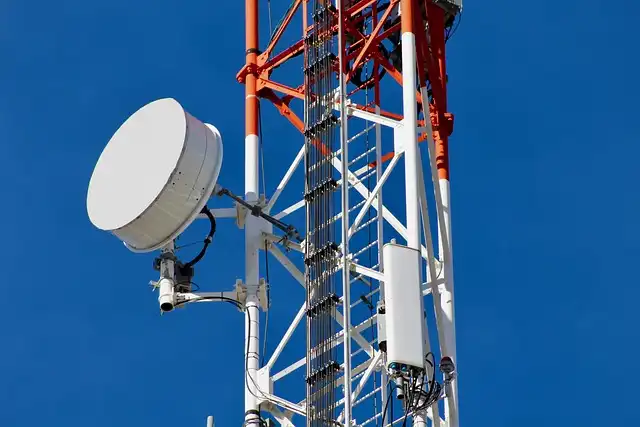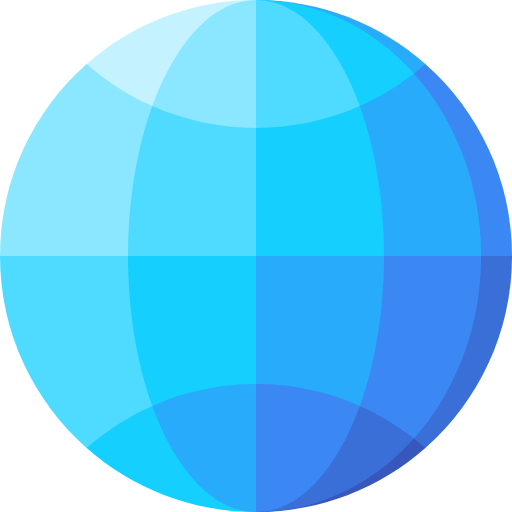IPTV Conversion: Challenges & Opportunities for Telecoms in Mumbai

Mumbai telecoms are converting cable TV to IPTV, facing fiber connection hurdles and cable operator resistance. DTH players see a chance, requiring robust networks. Only 13% of Indian families have broadband.
Telecom firms in Mumbai are preparing to convert cable TV to internet-based IPTV. This relocation may encounter hurdles like restricted fibre connection and resistance from cable operators. Direct-to-home players see IPTV as a large chance. Specialists claim a strong network is required for IPTV to be successful.
MSO Challenges & Consumer Loss
“MSOs (multi-system operators responsible for transmitting cable TV) are losing consumers at 3% each month, and these visitors aren’t returning,” said Vivek Raina, cofounder at Excitel, a Delhi-based home broadband company, which is targeting 2 million Android-enabled IPTV set-top boxes over the following 18 months.
With this (conversion to IPTV boxes), we just provide the driver the boxes and ask them to replace the old ones.
Telco Strategy and Network Dependence
“Telcos are attempting to use it (IPTV) as a choice which is extensive for all home needs and budget-friendly. We have actually not seen much infiltration because of its heavy dependence on solid access network modern technologies,” claimed Vinish Bawa, partner and leader telecom at PwC. “It’s vital to have a robust network to support unicast services while it gets to clients for usage.”
Broadband Penetration in India
Based on current research by EY, taken care of broadband registrations in India go to a plain 2.85 per 100 persons– almost a fourth of the international standard. There are 40 million families or 13% of the total amount with broadband connections.
Obstacles: Upgrading to Fiber Optics
For cable television, the first major obstacle to go across is upgrading coaxial networks to last-mile optical fiber, which will need huge capex. This is because streaming calls for high-speed trustworthy fiber links to families, which have actually seen depressing infiltration levels thus far.
OTT Partnerships and Evolution
Excitel presently has direct collaborations with OTT systems like Hotstar and Zee5 and is extending them to standard broadcasters. “It’s a natural development and this change has to occur eventually,” Raina said.
Raina added that although this requires investments, there are also opportunities to reduce expenses while leveraging the existing cord driver base. With this (conversion to IPTV boxes), we merely provide the driver the boxes and ask them to change the old ones.
DTH Players Betting on IPTV
Telecommunications firms in Mumbai are preparing to convert cable Television to internet-based IPTV. Direct-to-home players see IPTV as a big chance. Experts say a strong network is required for IPTV to succeed.
Direct-to-home players like Bharti Airtel, Tata Play, and web solution suppliers like Excitel are wagering on IPTV as the next large possibility for transforming 120 million cable television TV homes, many of whom haven’t taken on streaming. Numerous attempts over the past decade fell short to collect momentum.
Historically, cable operators stood up to upgrading to internet TV, as their fell greatly to only Rs20-30 per connection from Rs200-250. Due to the fact that traditional broadcasters like Sony and Star no longer function straight with MSOs, this is. “For several years, we have actually seen local cable operators reduced fibre every single time telcos attempted to get involved in business,” claimed the owner of a Mumbai-based service provider.
1 Android-enabled IPTV boxes2 Broadband Alliance
3 Cable TV
4 China Telecom
5 Fiber Optics
6 OTT platforms
« SLEC Adopts Juniper’s AI for Enhanced EldercareStarlink India Expansion: Partnerships & Regulatory Hurdles »
